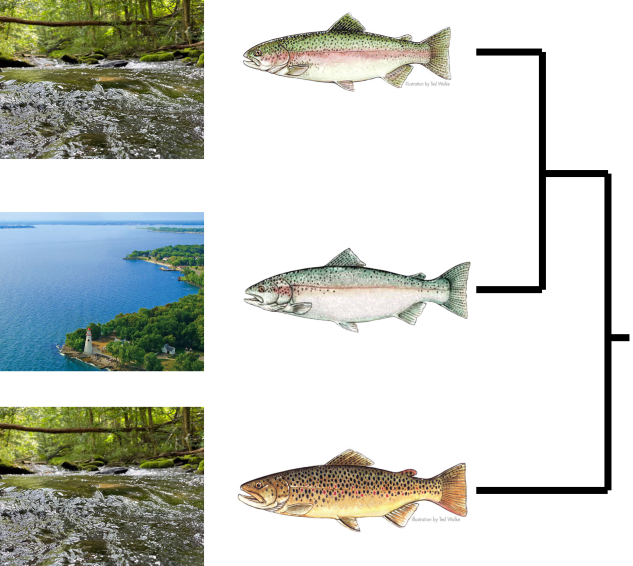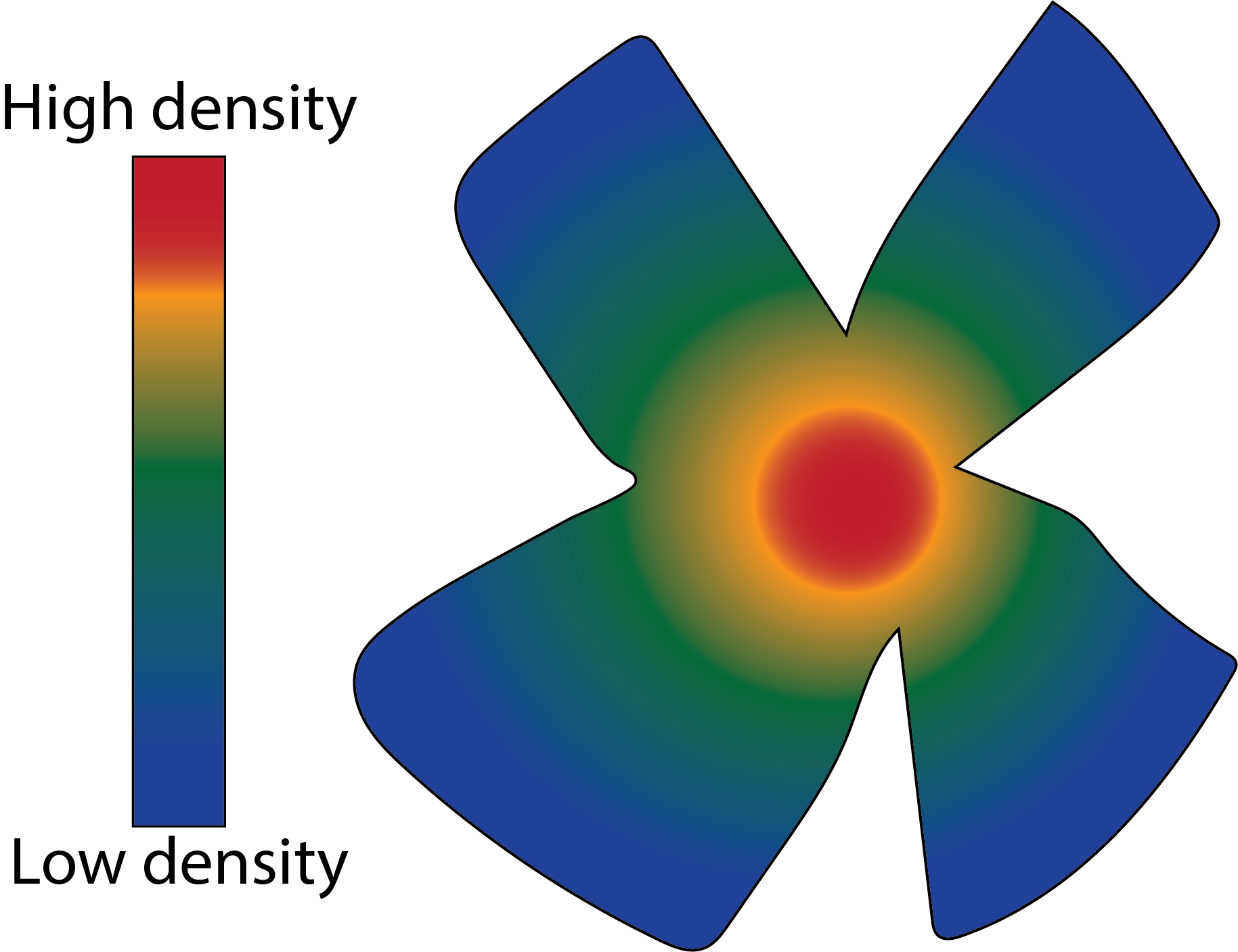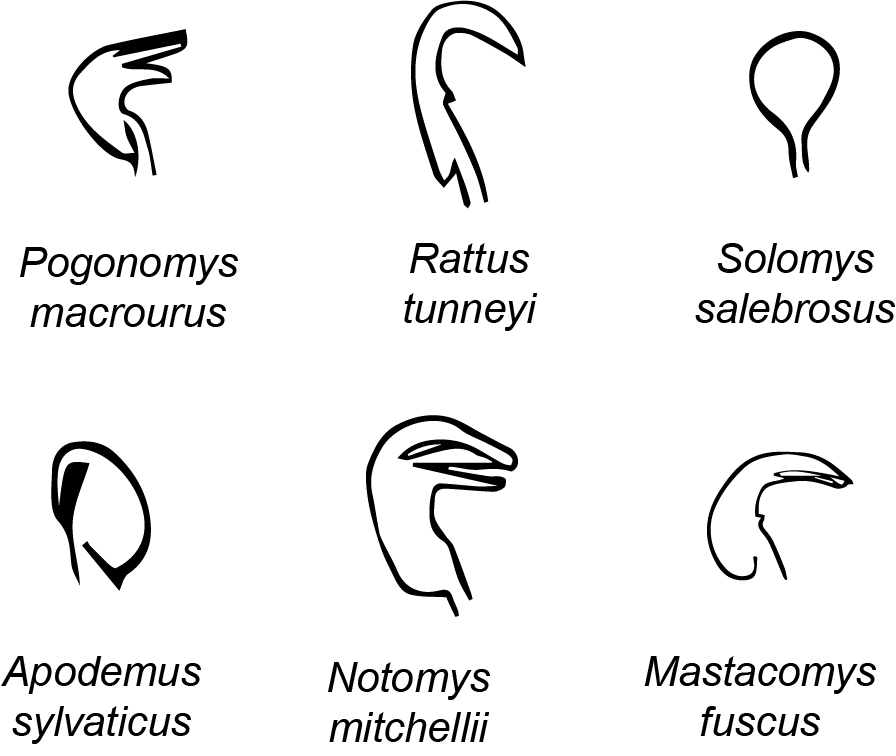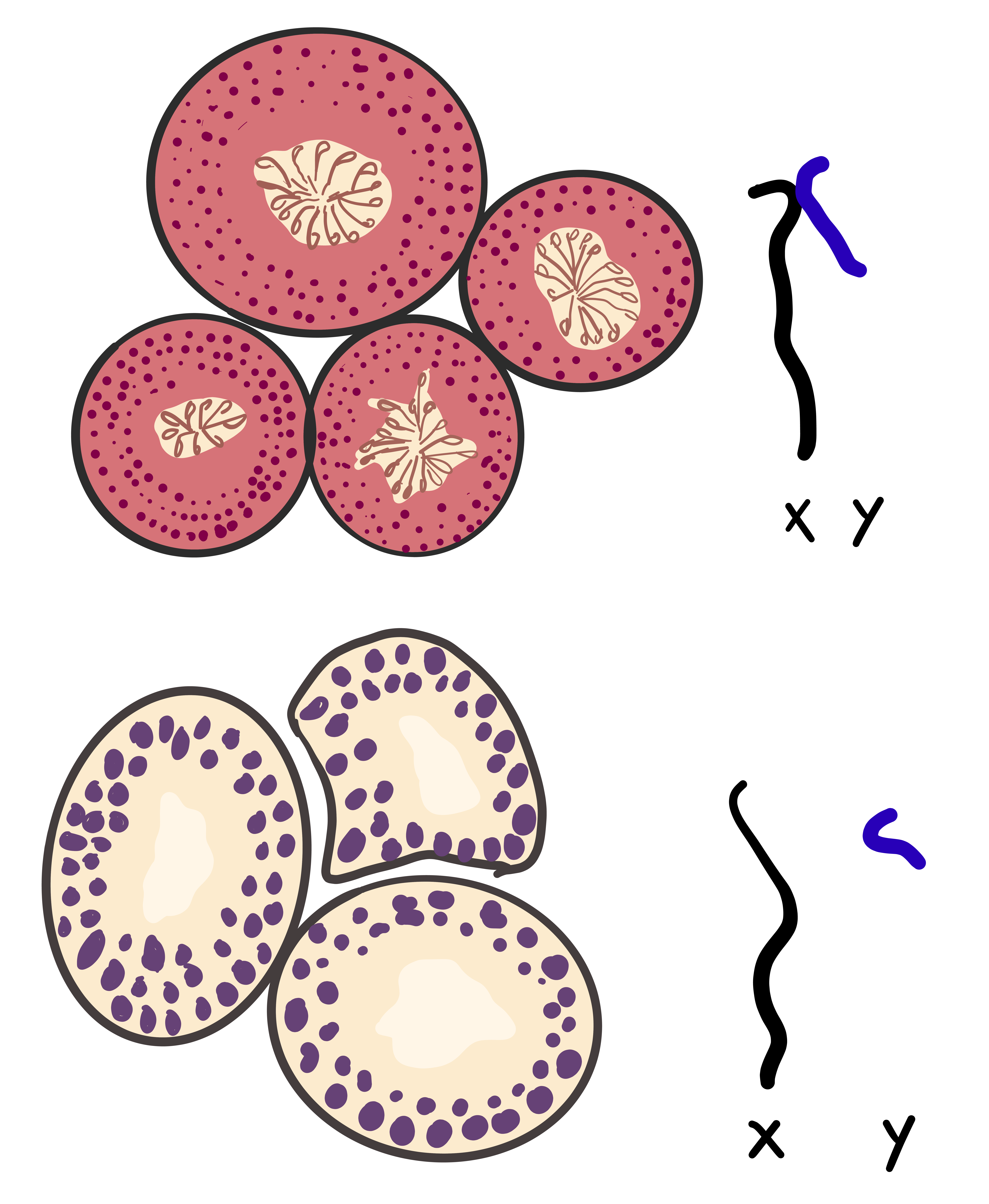
The overall structure of the vertebrate eye and many genes essential to eye development are highly conserved across species. Yet species experience different visual environments and must respond to these differences within the constraints of eye development, often through changes in gene expression. Furthermore, many species experience changes in their visual environment across ontogeny, or as they develop from juvenile to adult stages, and it is unclear how these ontogenetic shifts in visual environment alter transcriptome-wide retina expression profiles. Salmonid fishes (salmon and trout) provide an ideal system for investigating gene expression evolution in the retina across ontogeny in response to different visual environments. Many salmonid species migrate between shallower and deeper water, and some species also have both migratory and non-migratory populations. For example, Oncorhynchus mykiss has two main forms: steelhead trout, which migrate to deeper water, and non-migratory rainbow trout, which stay in shallow streams and tributaries. Despite being the same species and developing in the same environment, their adult forms exist in very different visual environments, and therefore, are predicted to diverge in retinal gene expression in these later adult stages. I use functional genomics to investigate gene expression evolution in the trout retina across environments and life stages.


